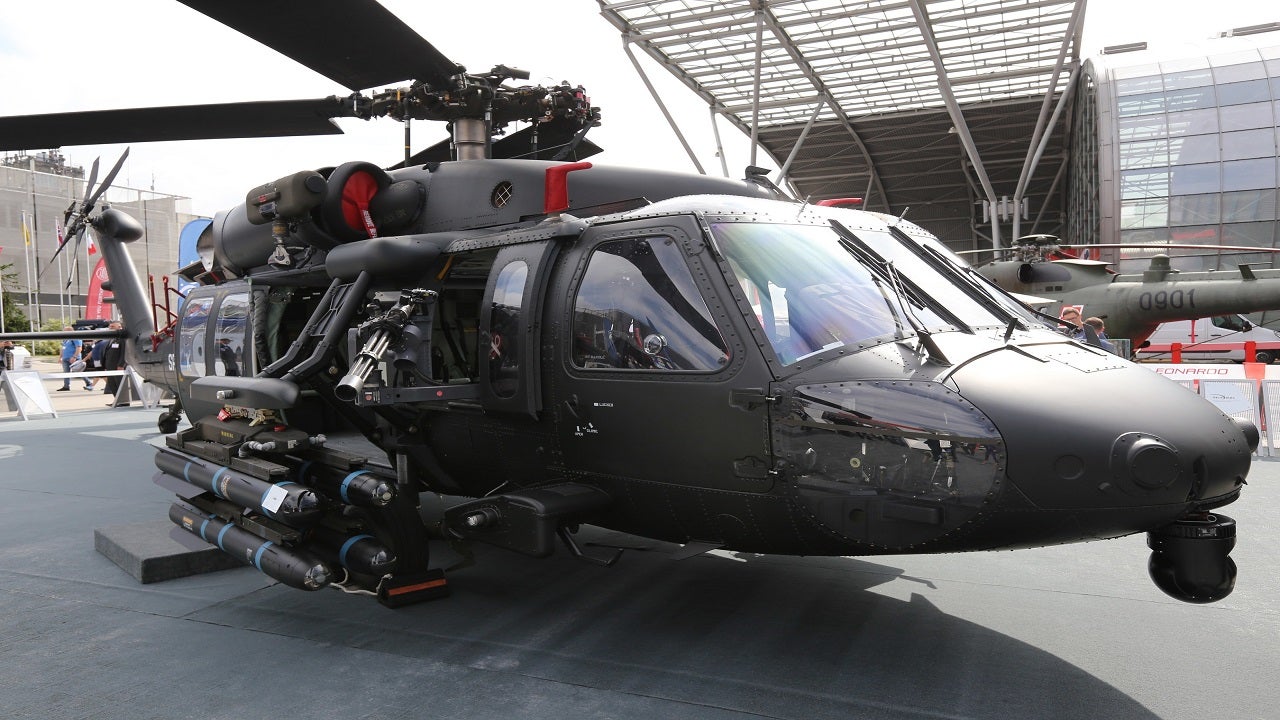Modernized Vertical Lift Platform With Advanced Composite Frameworks and Boosted Safety Measures
In the realm of vertical lift platforms, a significant shift in the direction of innovation has actually been observed, driven by the assimilation of advanced composite structures and heightened safety measures. In checking out the merging of innovation and safety in modern lift systems, an engaging story arises, showcasing the capacity for transformative improvements that cater to the ever-evolving needs of commercial fields.
Advancement of Upright Lift Systems

The development of upright lift platforms can be traced back to basic sheave systems and very early lift layouts. Gradually, developments such as hydraulic systems, electric motors, and advanced control devices have actually greatly enhanced the efficiency and security of these systems. Suppliers have likewise focused on boosting the security, reach, and load-bearing capabilities of vertical lift systems to meet the diverse requirements of various sectors.
In addition, the assimilation of wise modern technologies like sensors, IoT connection, and automation functions has actually additionally changed the capacities of contemporary vertical lift platforms. These technical improvements not just improve operational efficiency but likewise ensure heightened security criteria for employees making use of these platforms at numerous elevations. The constant evolution of upright lift platforms underscores their vital role in improving vertical flexibility across markets.
Assimilation of Advanced Composite Structures

Furthermore, the usage of sophisticated composite materials allows for even more complex and maximized architectural designs, allowing engineers to customize the platform's residential or commercial properties to fulfill details performance requirements. Overall, the consolidation of innovative composite frameworks in modern upright lift platforms stands for a significant innovation in aerospace modern technology, leading to extra effective, reputable, and much safer aerial transportation systems.
Improved Precaution Implementation
Executing improved precaution is critical in guaranteeing the ideal performance and integrity of contemporary upright lift systems. These procedures include a range of methods intended at mitigating risks and boosting total security criteria. One vital facet of enhanced safety and security measures is the combination of advanced sensing unit innovations to keep an eye on various criteria in real-time. By utilizing sensors for features such as structural health and wellness tracking, lots tracking, and environmental sensing, possible hazards can be identified early, enabling positive upkeep and restorative activities.

Industry Applications and Benefits
With developments in modern technology and design, modernized upright lift platforms have discovered varied applications throughout different markets, offering significant benefits in efficiency and performance. The construction sector benefits from upright lift systems by enabling workers to accessibility elevated locations safely and effectively, boosting general job timelines.
In addition, upright lift platforms play a crucial role in the repair and maintenance of infrastructure such as bridges, high-voltage line, and structures, permitting service technicians to get to inaccessible locations effortlessly (sikorsky s 70). anonymous The aviation market also leverages these platforms for airplane upkeep and setting up tasks, enhancing operations performance and making sure worker security at elevations. Generally, the prevalent adoption of modernized upright lift systems throughout markets underscores their versatility and the substantial improvements they offer different operations
Future Trends in Lift Platform Innovation
Integrating sophisticated automation and smart attributes, lift system technology is poised to change upright transportation systems in the close to future. One vital trend is the combination of Internet of Points (IoT) modern technology, enabling lift platforms to communicate real-time information for anticipating maintenance, optimizing performance, and boosting security. Artificial intelligence and maker discovering formulas are additionally being included to analyze patterns, forecast prospective issues, and improve efficiency. The use of innovative products such as carbon fiber compounds is on the surge, offering raised longevity and stamina while decreasing total weight. Improved precaution, consisting of biometric authentication and emergency reaction systems, are becoming common features to make certain passenger security. Additionally, personalized configurations and modular styles are gaining popularity, enabling greater adaptability to numerous settings and click here for more info needs. As lift platform modern technology proceeds to evolve, these trends are readied to shape the future of vertical transport, making it much more effective, secure, and easy to use.
Conclusion
To conclude, the modernized vertical lift platform showcases the advancement of innovation in the sector. By integrating innovative composite frameworks and enhanced safety and security steps, this platform offers raised effectiveness and safety for various applications. The market can profit greatly from these developments, and future patterns in lift system modern technology are most likely to continue surpassing these developments for even greater success and performance.
In the world of vertical lift systems, a significant change in the direction of modernization has been observed, driven by the combination of sophisticated composite structures and heightened safety and security actions. The continuous development of upright lift platforms Clicking Here highlights their essential function in boosting vertical movement across markets.

The consolidation of advanced composite structures in contemporary upright lift platforms has actually significantly enhanced their architectural honesty and performance capacities. By incorporating these sophisticated compounds right into the style and construction of vertical lift systems, manufacturers can decrease general weight, increase load-carrying capability, and enhance the system's toughness and longevity.
Carrying out improved safety and security steps is necessary in ensuring the ideal efficiency and integrity of contemporary vertical lift platforms.